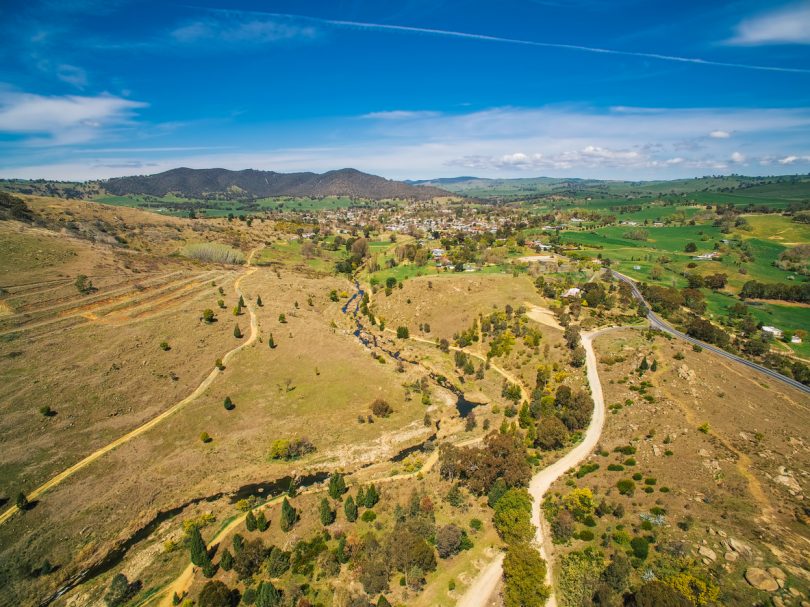
Subdividing and selling land can be a complex process and professional advice should be sought.
Deciding to subdivide a parcel of land is the easy part, it’s what follows that can be tricky, with many hoops to jump through, and costs and conditions to be met. Meyer Vandenberg’s Property Commercial & Finance Team takes you through the process and answers the key questions.
What is the purpose of subdivision?
In NSW, any plan that creates new boundaries for separate use or occupation constitutes a subdivision of the existing parcel.
The purpose of a subdivision is generally so that the owner of a large parcel of land can divide the parcel into smaller lots (being separate titles) to be sold off separately.
What do I need to do in order to subdivide land?
In the majority of cases, you will have to obtain consent from the local Council to subdivide land. This is ordinarily applied for through a development application.
Once Council has approved the development application, it will issue a notice of development consent which may include a number of conditions. The owner must comply with the Council’s conditions in order to have the plan of subdivision registered.
What is a plan of subdivision?
In order to have a large parcel of land subdivided into two or more smaller lots, a survey needs to be done by a qualified surveyor. The surveyor will depict in diagrammatic form the division of the parcel into smaller lots.
The surveyor must draft the plan of subdivision in accordance with NSW Land Registry Services (NSW LRS) requirements.
What else do I need to consider before I subdivide my land?
Depending on whether the owner is registered for GST and the existing use of the land, subdividing and selling land can have GST and income tax consequences for the owner. The law in this area is complex and professional advice should be sought before embarking on a process of subdivision.
Also, consideration should be given to vehicular access, water rights, and land management plans, which may affect the land. How those matters will be managed once the land is subdivided should be carefully considered and planned for.
What costs need to be considered before subdividing land?
There can be many costs associated with subdividing land.
- Local Councils usually charge a fee when a development application is lodged.
- Council’s conditions of subdivision may require certain further fees to be paid, or compliance bonds provided.
- NSW LRS charges fees to register the plan of subdivision and create new titles (to the newly created lots).
- Surveyor costs for the drafting of the plan of subdivision.
- Legal costs in relation to advice on the development application and Council’s development consent conditions, together with drafting easements or restrictions on use if required.
- Fees charged by utility service providers where the Council requires certain new utility infrastructure to service the newly created lots.
- Engineering fees and construction fees if works are required to the land (such as roads) as part of the Council’s development consent conditions.
- Project management fees may be payable, depending on the magnitude of the subdivision and the conditions of the development consent and if co-ordination of government agencies, such as NSW Roads and Maritime Services, is required.
- Bank fees for varying the conditions of the loan (if required) and providing consent to the plan of subdivision.
- Legal costs and agent commissions for the sale of the newly created lots (if required).
- Legal and accounting costs for advice on any GST or income tax related outcomes of undertaking the subdivision.
For further information contact the Meyer Vandenberg Property Commercial & Finance Team:
Christine Murray
Managing Partner
Property Commercial Finance
(02) 6279 4402
[email protected]
Germaine Orreill
Senior Associate
Property Commercial Finance
(02) 6279 4325
[email protected]


What's Your Opinion?